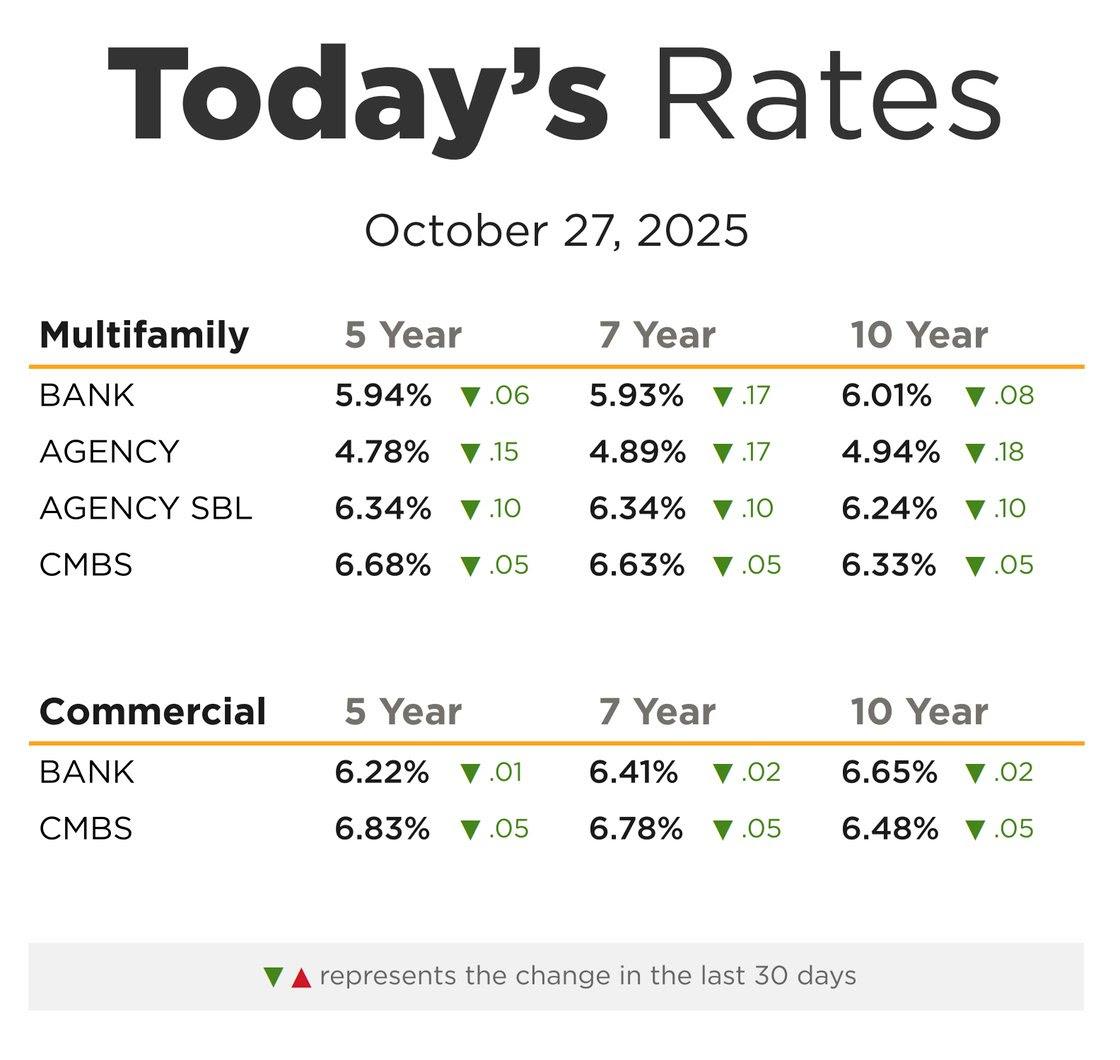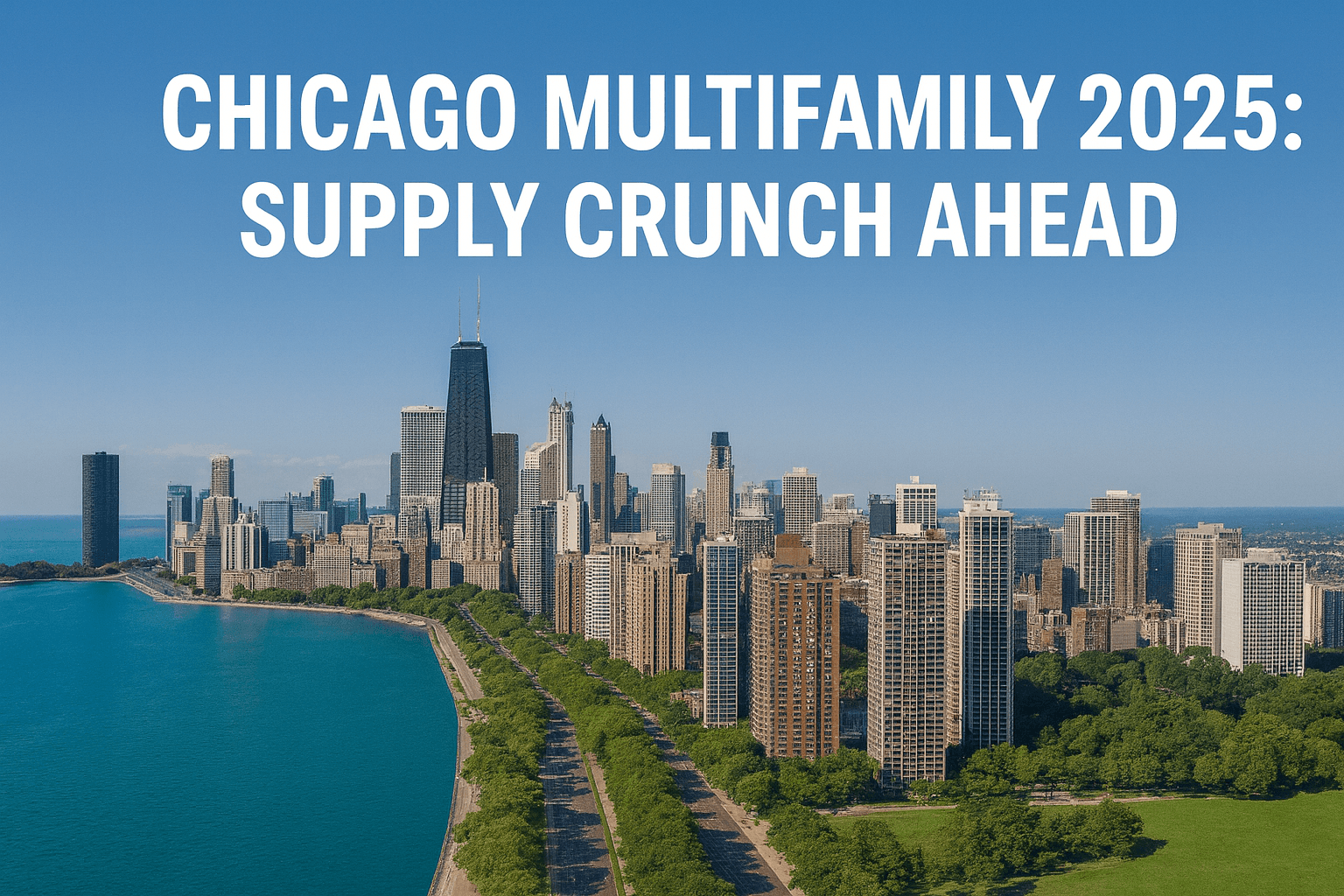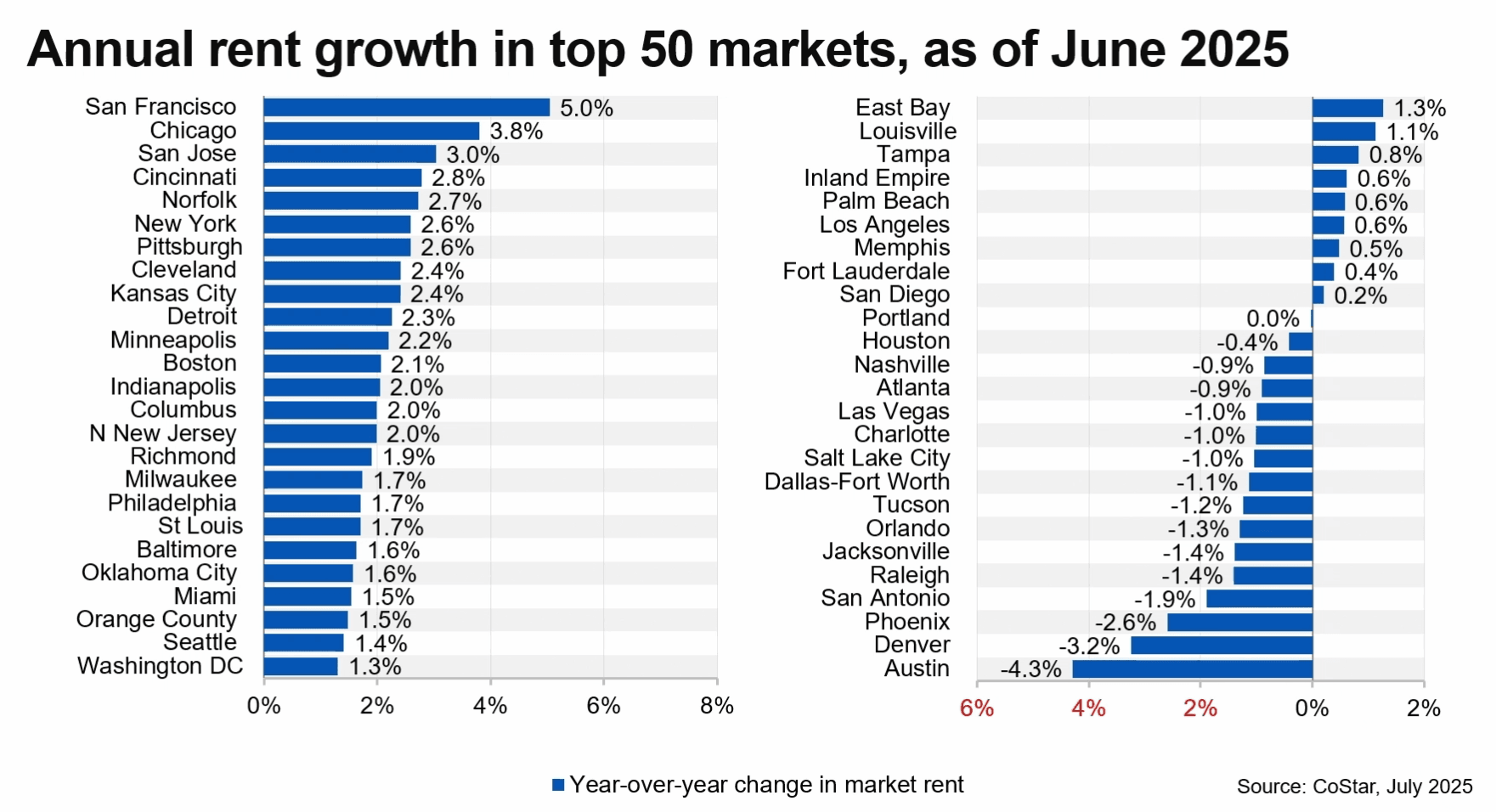The Only Constant Is the Change
We are exploring how the continued evolution of the remote work phenomenon affects the design and management of rental housing.
When the pandemic spurred apartment residents to learn to work from home efficiently (WFH), developers and property managers stepped up to do their part. Many reimagined existing shared spaces, so residents had smaller, private offices to work from when they tired of their apartment walls or didn’t want to work from a couch in an open lounge. For buildings on the drawing board, some companies added small dens, nooks, and long walls within units to accommodate a desk, mainly if several residents lived together and wanted separate areas. GlobeSt.com estimated that 35% of U.S. workers did their jobs from home at the height of the pandemic, up from 11.9% prior. The trend of working from home continues. Ladders.com predicted at the end of 2022 that one-in-four professional jobs would remain remote, and the total would rise. A pilot program from nonprofit advocacy group 4 Day Week Global found that none of the 33 companies that tested how much WFH appealed during six months would return to a traditional office schedule since each business experienced higher revenue and greater staff productivity.Why flexibility is key
Most developers and managers learned that some degree of flexibility was essential because nobody knew how long the trend would last and if the common spaces and individual units would need to be adjusted, says architect Zac Miles, Associate Principal in the Oakland, Calif., office of architecture firm KTGY. The one constant expected was more change to help managers retain residents and attract new ones. “The onus is on those in the multifamily real estate sector to provide large and flexible units to meet changing work and personal needs,” says Michael H. Zaransky, Founder and Managing Principal of Northbrook, Ill.-based MZ Capital Partners, a real estate investment firm. “They also must rethink common areas both for quiet and sociability.” For now, Zaransky’s company and others continue adapting to COVID-19’s ebbs, flows, and variants and for what residents say works best for them, often due to their demographics, budgets, employer, and mindset. “Many seek a balance,” says Jesse McConnico, Senior Research Analyst at Irvine, Calif.-based John Burns Real Estate Consulting, adding, “Work from home saves money, but it can get lonely for some.” Following are snapshots of what’s key.Increased internet strength and speed
Among the essential features that apartment residents expect because of the WFH phenomenon is that buildings offer the fastest Wi-Fi throughout public and private spaces. According to a biannual Renter Preferences Survey Report from the National Multifamily Housing Council (NHMC) and Grace Hill, 89% of respondents put this near the top of their list, exceeded only by having in-unit washer/dryer machines (92%) and air conditioning (90%). Melanie Gersper, Chief Operating Officer at New York-based ACRE, which has 8,000 units in 30 buildings, says the importance of the internet is no surprise given that most residents are young and grew up on the internet to socialize, work and shop. Zaransky confirms its importance, even before the pandemic, but now more than ever. He says his company has upgraded to all fiber optics in each of its 2,500 units in 18 buildings. “It’s the number one selling point for residents who want to Zoom and download documents fast. It makes a huge difference in our property tours, getting prospects interested. We’ve also made it an important part of our marketing, websites, and brochures,” he says. And because technology keeps changing, switching to faster options when available is critical to compete, he says. Alex Walenta, Executive Vice President and Head of Asset Management at Chicago-based Fifield Companies, which has developed over 5,600 units in 19 buildings to date, says the company is moving toward bulk-managed Wi-Fi on its development assets. In the past, Fifield allowed residents to choose their apartments, and the company picked a provider for common areas. “The managed Wi-Fi approach gives property owners more control over vacant units, increases opportunities to incorporate the smart home and building technologies, and gives the residents the benefit of not needing to relog into Wi-Fi when moving from working in their unit to a shared amenity space. Most providers allow us to upgrade services once over five years or so,” she says.Greater variety of shared workspaces
What became clear early in the pandemic was that apartment residents didn’t want to work within their units all the time. But the tricky part was deciding whether shared workspaces should be small private cubicles, larger conference-style rooms to accommodate several, be out in the open in lounge-style settings, or a mix of all three, with some able to be cordoned off or enlarged to meet demand. Some companies base the decision on the type of work their residents do and the location of the building, says Dave Brackett, Senior Vice President at Milhaus, an Indianapolis-based mixed-use developer. For the present, Milhaus builds single- person offices and co-working areas where it has space. At the same time, the company develops assets to promote social interaction among residents. “We still want to encourage residents to utilize common areas and engage in face-to-face interactions rather than just via their electronic devices,” Brackett says. He says these areas are typically built around coffee/hospitality areas with self-service bars so residents who work from home can enjoy a cup of coffee without leaving their home base to venture out. During the pandemic, Zaransky’s company added more small individual workspaces with glass doors, granite desktops, desk lamps, and comfortable chairs and removed some group workspaces. “We even changed plans on the drawing board because of what we heard and saw,” he says. His company continues to follow this model, as many residents prefer a private office to sit with others or in the open on a couch. But as COVID-19 started to wane, MZ Capital Partners began setting up long tables with work chairs for those ready to sit together. It locates these options near recreational areas rather than by a busy lobby. Gersper says some residents at its buildings want more private space. She says that ACRE has begun to design another iteration, sometimes on a second level of a clubhouse near restrooms rather than by a leasing office. “We’re becoming more deliberate about where we place them,” she says. Down the road, it may add small phone booths or cubicles. Architect Joshua Zinder, AIA, LEED AP, and Managing Partner of Princeton, N.J.-based JZA+D, says his firm has been designing shared amenities with small workspaces larger than a phone booth and comfortable to work in for a few hours. More recently, it’s added meeting rooms that open to the outside to bring in nature and greenery and larger spaces that resemble co-working environments that work for multiple people and incorporates some refrigeration, coffee bar, marker board, and monitor— sometimes adapted from existing oversized, underutilized party rooms. He says the options give residents choices as they continue to work from home. Fifield Companies seeks to maximize existing space in stabilized building common areas by revamping no longer popular amenities. For example, an interior “chill room” for rarely used yoga may become a co-working space with a wall taken down and private co-working offices added, Walenta says. For new projects not yet completed, Fifield Companies pays attention to demographics. “We found that younger residents like to be in the center of the action and see other people when working, which can be achieved through various workspace options,” Walenta says. But generally, most conference rooms are used by only one, so they may be a waste of valuable real estate, and it might make greater sense to design smaller spaces of 5 feet by 10 feet or so, she says. For a building targeting more affluent residents, the company might create larger, private workspaces of 10 feet by 20 feet or more and include a larger screen to feel like an actual office. CRG, a St. Louis-based real estate and investment firm, also found that more residents working from home triggered a need for changes. “The successful co-working spaces are the ones that can accommodate as many residents as possible. We’re making these spaces feel more dynamic while also serving more residents by adding workstations throughout,” says Alison Mills, Vice President of Design and Development. The company includes communal and individual spaces through lounges that incorporate workstations and private office-style rooms for video calls or in-person meetings. It has also used booth-style seating, which can serve as a semi-private work area during the day or be used for social gatherings when residents are not working. In addition, library-style tables equipped with lighting have been added to some developments since they can accommodate individuals and small groups. The company isn’t limiting changes to indoors. “We’re also equipping our amenity decks with sun shading and outdoor plugs so residents can easily work outside. We want to offer various options to accommodate all our residents’ needs,” she says. Besides varying the style, size, and location, Miles of KTGY says rooms are being soundproofed better and made available through technology that lets residents book them and know when they’re in use. “They used to have to walk around and check,” he says. His firm likes to locate them near a lobby and leasing office or on a mezzanine level. They also design them to resemble spaces in a boutique hotel with cheerful colors and cozy, comfortable furnishings. “We don’t want them to resemble a traditional office,” he says. Because more space is devoted to these workspaces, other amenity spaces may need to be scaled back.More efficient apartments for WFH
When COVID-19 first emerged, many felt safe only within their units, and developers looked to find a workspace within them. But now that more residents venture out, developers and managers want a work area to serve multiple functions, another variation on the ability to pivot. The result is to develop more variations, but what kind depends on demographic, the overall economy, and the cost of real estate. Some take a modest approach. For example, Fifield might add shelving or extend an island for work but not devote ample space or room to that function, Walenta says. When possible, Milhaus adds a nook with a built-in desk to work at home full or part-time but designs it so it can serve other functions. It hasn’t yet added second bedrooms specifically for this purpose, Brackett says. KTGY also hasn’t added second bedrooms to serve as a home office. Residents can use a kitchen counter, Miles says. Zinder’s firm reports growing demand for “Zoom rooms” or small nooks of 5 feet by 6 feet rather than a full-blown office or bedroom. The firm likes to include a door for privacy, if possible, and a professional-looking background for virtual meetings. “The goal is to avoid visible clutter that might distract others, such as dirty laundry or kids running around,” he says. He says that having multiple options is becoming more essential in apartments where two may reside. With new construction, MZ Capital Partners provides a small workspace, even in studios, to pull a chair up to a counter. “You need only minimal space, which adds only minimal cost with a granite or quartz slab,” Zaransky says. For those with bigger budgets, his company sees demand by some single residents to lease larger two-bedroom units, so the second bedroom becomes an office. “We’re finding that more are doing so than they did in the past,” he says. The changing economy could make more changes necessary. McConnico says that many younger residents find their desire for larger apartments hard to achieve as rent prices climb. “We’re seeing more want to find a roommate or return to their parent’s home. It’s not yet a dramatic change, but we hear rumbles,” she says. The goal with any choice—in units and shared areas—is for a developer to set its project apart and know that the WFH trend will likely continue influencing consumer decisions, McConnico says.Source: The Only Constant Is Change | National Apartment Association
Chicago Multifamily Research
Receive Market Insights
Periodic analysis on rents, pricing, cap rates, and transaction activity across Chicago and key suburban markets.
No spam. Unsubscribe anytime.




Join The Discussion